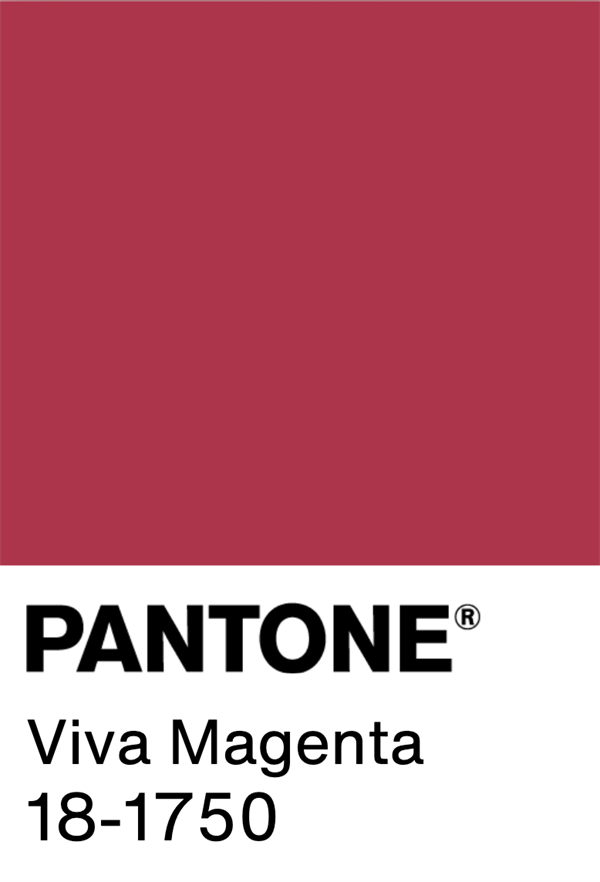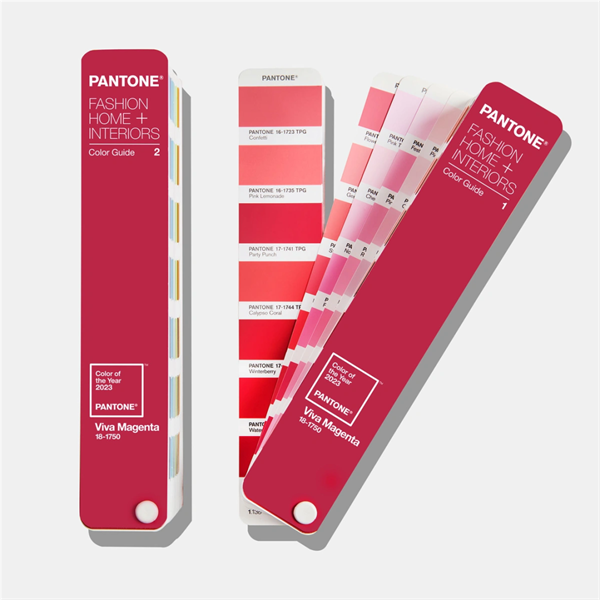Contact Us

Contact Us


Guangzhou Huaisheng Packaging Co.,Ltd.
We provide customers with quality products and provide high-quality services.
If you would like to leave us a comment please go to contact us
+86-18122240089

In the competitive world of retail and e-commerce, packaging is more than just a container—it's a powerful marketing tool that communicates your brand's identity and values. Effective packaging design can captivate consumers, convey product quality, and differentiate your offerings in a crowded marketplace.
This comprehensive guide delves into the essential principles of packaging box design, explores current trends, and provides actionable tips to help your brand stand out in 2025 and beyond.
Packaging serves as the first physical interaction between your product and the consumer. A well-designed package can:
Enhance brand recognition: Consistent use of colors, logos, and typography reinforces brand identity.
Influence purchasing decisions: Attractive packaging can entice consumers and convey product value.
Communicate product information: Clear labeling and design inform consumers about the product's features and benefits.
Color Scheme: Utilize colors that align with your brand and evoke the desired emotional response. For instance, bold colors like Pantone's Viva Magenta 18-1750 can convey energy and innovation.
Typography: Choose legible fonts that reflect your brand's personality.
Imagery and Graphics: Incorporate visuals that resonate with your target audience and accurately represent the product.
Material Selection: Opt for materials that balance aesthetics, functionality, and sustainability.
Consumers are increasingly prioritizing environmental responsibility. Incorporating sustainable materials like recycled cardboard or biodegradable plastics can enhance brand image and appeal to eco-conscious customers.
Simplicity in design communicates clarity and sophistication. Minimalist packaging with ample white space and concise messaging can make products appear more premium and trustworthy.
Integrating technology, such as QR codes or NFC tags, allows consumers to access additional product information, tutorials, or brand stories, enhancing engagement and transparency.

Ensure that every design element—from colors to materials—reflects your brand's values and appeals to your target demographic.
Design packaging that protects the product during transit, is easy to open, and, if applicable, resealable. Functional packaging enhances user experience and reduces returns.
Your packaging should stand out on shelves. Use distinctive shapes, vibrant colors, or unique textures to catch consumers' eyes in retail environments.
Before finalizing designs, conduct market testing to gather feedback. This iterative process helps identify potential improvements and ensures the packaging resonates with consumers.
While premium materials and intricate designs can enhance appeal, they may also increase costs. Strive for a balance that maintains quality without exceeding budget constraints.
Ensure packaging complies with regional regulations regarding labeling, safety warnings, and environmental standards to avoid legal issues and build consumer trust.
Design packaging that aligns with your supply chain capabilities. Consider factors like storage space, transportation efficiency, and scalability during the design process.
Use packaging to tell your brand's story. Incorporate elements that convey your mission, values, or the product's origin to create an emotional connection with consumers.
Design aesthetically pleasing packaging that customers are proud to share on social media. User-generated content can amplify brand awareness and credibility.
Introduce special packaging for holidays or events to create urgency and encourage repeat purchases.

Packaging is a critical component of your product's success. By understanding design fundamentals, staying abreast of current trends, and implementing practical strategies, you can create packaging that not only protects your product but also elevates your brand in the eyes of consumers.
